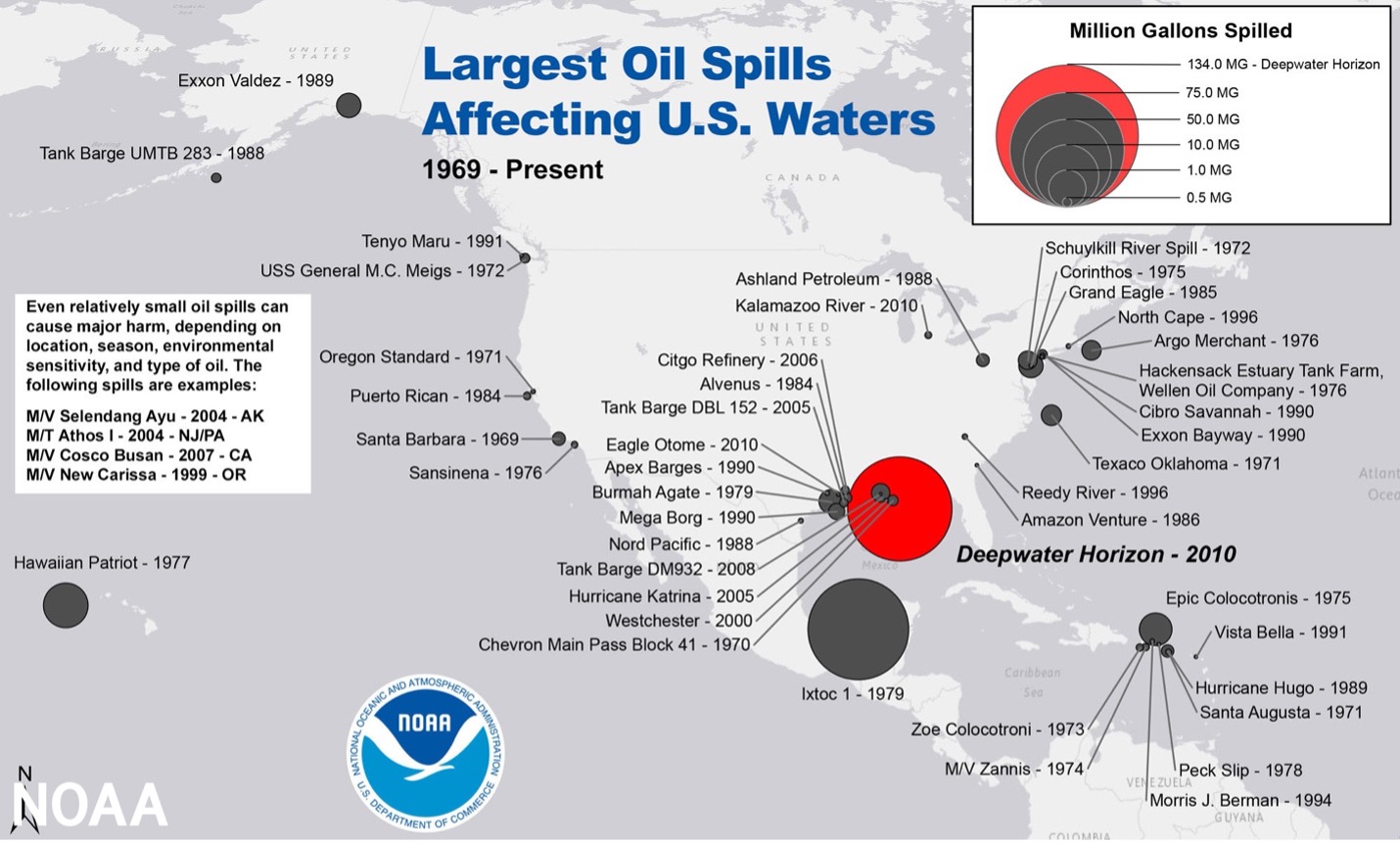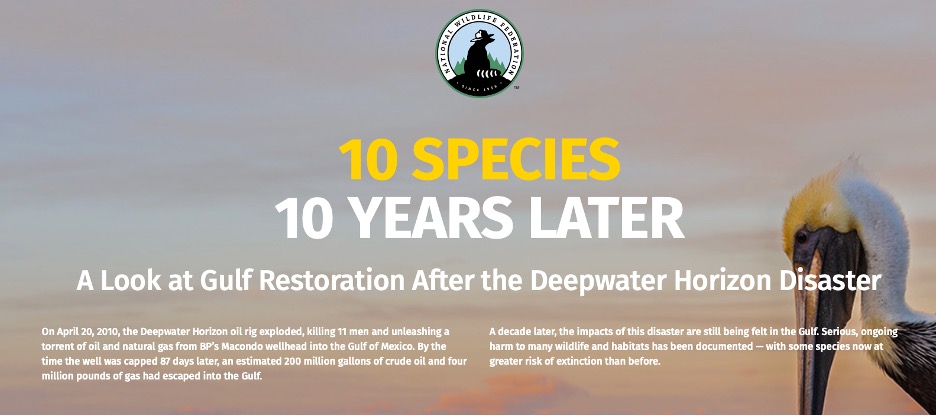
Lesson 4
Eco-Challenged: Why Cars Are an Environmental Disaster
“We do not inherit the earth from our parents, we borrow it from our children.”
– Antoine de Saint-Exupery

According to the U.S. Environmental Protection Agency, automobiles are the single largest cause of pollution in this country, one of the largest sources of greenhouse gas emissions, and driving a car is a typical citizen’s most polluting daily activity.
Cars emitting massive amounts of climate change-inducing carbon dioxide, methane, and nitrous oxide is bad enough, but the negative effects of automobiles go far beyond greenhouse gases. From mining raw materials to the manufacturing process, and ultimately to the landfill, the automobile may be the single worst environmental catastrophe in human history. This lesson is a summary of the negative effects cars have on the environment.
The Guardian news site coined the phrase “ripple effect” when it comes to the pollution caused by cars. This video from Car Pollution Info explains the concept.
Car Free Success Story:
Driving is the new smoking. Gasoline-powered cars, trucks, and SUVs burn nonrenewable energy, pollute the air, warm the planet, and contribute to unlivable and unsustainable communities through sprawl and traffic. They also cause people to risk serious injury and death from car crashes. But for some reason, millions of people keep paying for gas and polluting our planet because apparently oil, climate change, and all of the associated costs to society, including human life, aren’t high enough yet. Not me. I stopped driving years ago and never looked back.
Cars Devour Natural Resources
Automobile manufacturing is one of the largest industries in the United States. It’s also one of the most natural resource-intensive processes on the planet. Car manufacturing requires enormous amounts of steel, aluminum, copper, lead, nickel, zinc, plastic, rubber, and rare earth metals. These natural resources must be mined, processed, and shipped – using more fossil fuels – at great expense to automobile factories all over the world.
Every car creates more pollution and material waste during its manufacture than in the entire time it’s on the road. Steel production requires coal and limestone and results in sulfur dioxide, acids, and slag waste. Mining for zinc, copper, and aluminum destroys land, pollutes rivers and streams, and causes soil erosion.
According to the website EnvironmentalDefense.org, “The North American automobile industry is responsible for the release or transfer each year of more than 300 million pounds of lead through mining, smelting, manufacturing, recycling and disposing of lead-containing automotive components.” Lead-based house paint was banned decades ago because of the serious risk even small amounts of lead pose to human health, especially to children.
FACTS
Nearly fourteen million new cars are sold in the United States each year. That’s more than 37,000 every day.

Air Pollution
Every car exhaust pipe spews a toxic mixture of poisonous gases and particles into the air around us. These gases include carbon monoxide, hydrocarbons, sulfur dioxide, lead, and particulate matter. Cars are also the primary generators of greenhouse gases like carbon dioxide and nitrous oxide, which contribute to climate change.
Check out this interesting article from Centre for Cities, a United Kingdom-based nonprofit. They list three ways to fight climate change. Guess what number one is? Reduce car usage.
Studies show tailpipe exhaust from cars causes cancer, heart disease, respiratory illness, nervous system disorders, emphysema, and birth defects. When drivers fuel their cars at the gas pump, known carcinogens like benzene are released into the air. Exposure to benzene has been linked to a number of health problems, including increased risk of leukemia.
“Cars are tanks in the war against nature.”
– Paul Glover
Automobile manufacturing plants also fill the air with poisons. Some of the byproducts of paints, epoxies, and solvents used in making cars include acetone, methyl chloroform, and xylene. The EPA says exposure to these and other air toxics may cause immune system disorders, reduced fertility, and developmental, reproductive, and respiratory problems.
Smog
Particulate matter from vehicle exhaust and tire erosion is the primary source of smog in many areas. Particulate matter refers to tiny particles of ash, soot, dust, dirt, and smoke, combined with tiny droplets of liquid that may be composed of hundreds of different chemicals. Fine particles pose the greatest health risk since they can get into lungs and even into the bloodstream.
Particulate matter can cause chronic bronchitis, decreased lung function, respiratory illness, cardiac arrhythmia, and increased risk of heart attack. Particulate matter can also harm plants and animals by landing on soil and water and altering the nutrient and chemical balances of delicate ecosystems. Particulate matter can also cause damage, discoloration, and erosion to buildings, statues, and monuments.
Oil Consumption and Transportation
The United States has less than 5 percent of the world’s population but consumes 25 percent of the world’s oil – nearly twenty million barrels every day. Almost half of all U.S. oil is imported. And according to the U.S. Department of Energy, two-thirds of U.S. oil consumption is for transportation. Locating and extracting oil from the earth causes water and air pollution, oil spills, wilderness and natural habitat loss, and violent armed conflicts around the globe.
“We are ready to kill to keep our automobiles running. We’re ready to kill to keep our materialistic, wasteful economy. I am sick and tired of eighteen-year-olds being coerced into bearing the burden of the failure of politicians to face the tough economic choices needed to end our dependency on oil.”
– Senator Mark Hatfield (R-Oregon), former five-term U.S. senator (retired)
Transporting oil wreaks havoc on the world’s oceans. According to the National Academy of Sciences website, “About 210 million gallons of petroleum enter the sea each year from the extraction, transportation and consumption of crude oil and the products refined from it.” Between 1973 and 1993, an estimated 200,000 oil spills took place in U.S. waters – an average of twenty-seven spills every day.

Deepwater Horizon
On April 20, 2010, the offshore oil drilling rig Deepwater Horizon in the Gulf of Mexico suffered a catastrophic explosion, killing 11 oil rig workers. It also caused the largest oil spill in the history of offshore oil drilling. Some four million barrels of oil leaked from the underwater well over a period of nearly three months. The well was finally capped on July 15, 2010. The Deepwater Horizon disaster caused 11 deaths, many more injuries, and untold and incalculable environmental damage to fish, birds and other wildlife, and to the delicate natural ecosystem in the Gulf of Mexico.
A report by the National Wildlife Federation titled 10 Species, 10 Years Later, examines the long-term effects of the disaster on ten different species, including sea turtles, dolphins, birds, whales, oysters, and fish.

In 1989, the Exxon Valdez tanker disaster spilled eleven million gallons of oil into Prince William Sound, Alaska, one of the worst spills in U.S. history. But the Exxon Valdez is not even among the top thirty largest oil spills. According to the Alaska Oil Spill Commission, oil discharges as big as the Exxon Valdez disaster happen somewhere in the world every year. Exxon repaired and renamed the Exxon Valdez and still uses it to ship oil today.
FACTS
Only 3-4 percent of the fuel needed to drive a car is required to move the human occupants of that vehicle. The other 97 percent is burned up, dissipated through heat, and wasted.
Remarkably, only about 5 percent of oil pollution in oceans comes from major tanker spills and offshore oil rigs, according to a traveling exhibit produced by the Smithsonian Institution. Every year, routine maintenance such as bilge pumping from ships of all types, and accidental discharges from pipelines dump millions of gallons of oil into the world’s oceans. More than twenty-two thousand miles of pipeline are used to transport oil in the United States alone.
“Washington has long maintained that access to oil is essential to its ‘national security.’ The problem is that the U.S. consumes fully 25 percent of all the oil produced worldwide each year, yet it has less than three percent of world oil reserves. This leaves it highly dependent on foreign oil sources, and therefore highly vulnerable. As we know, vulnerability is not something Washington accepts lightly.”
– Linda McQuaig, journalist and author of It’s the Crude, Dude
Car Oil Changes and Runoff
The transport of oil is not the single biggest cause of oil pollution. Car owners improperly discard an estimated 240 million gallons of used motor oil each year – the equivalent of two Exxon Valdez spills per month. A typical car oil change results in 5 quarts of used engine oil, enough to contaminate one million gallons of fresh water. One quart of oil can create a two-acre oil slick. Yet 40 percent of discarded oil is dumped on the ground or down a sewer, 21 percent is thrown into the trash, and 6 percent is burned.
Millions of cars slowly leak oil. The Smithsonian Institution estimates that one year’s worth of oil runoff from parking lots, paved surfaces, and roadways in a major U.S. city could contain as much oil as a large tanker spill.
“A more fundamental problem with oil is that the cost to consumers of owning and operating a car does not reflect its full price to society. Drivers do not directly pay the monetary costs of global warming, air pollution, water pollution, and oil dependence.”
– From the Union of Concerned Scientists website (www.UCSUSA.org)
Automobile Disposal
Cars are difficult to recycle because they contain dozens of different types of plastics and polyurethane, as well as lead, mercury, cadmium, zinc, oils, lubricants, cooling liquids, and sulfuric acid. Therefore, nearly all motor vehicles are eventually added to North American landfills and scrap yards—since 1946, an estimated 300 million of them. Eleven million cars are discarded each year, many simply abandoned.
Americans also discard 280 million car tires every year. Most end up in landfills and dumps. Fires at tire dumps pollute the air with toxic black smoke. One hundred million car batteries are also discarded every year. Almost all of them end up in landfills.

Road, Highway, and Parking Garage Construction
America’s addiction to the car means a steady increase in the number of roads and highways, paved parking lots, tunnels, bridges, exit ramps, and multilevel parking garages. More paved surfaces mean less green space, fewer trees, and fewer parks. Widening roads to handle increased traffic often results in the removal of sidewalks and bike paths.
“Adding highway lanes to deal with traffic congestion is like loosening your belt to cure obesity.””
– Lewis Mumford
Building and maintaining car infrastructure comes with a tremendous price tag to taxpayers. According to the Urban Institute, “In 2020, state and local governments spent $204 billion, or 6 percent of direct general spending, on highways and roads.”
Road, bridge, and parking garage construction harms the environment, depositing trash, paint, solvents, metals, grease, degreasers, oil, and other toxic chemicals into the soil. When rainwater filters through a construction site it can carry harmful pollutants into groundwater sources.
Car Free and Guilt Free
Pretty much from the moment the first Model T rolled off Henry Ford’s assembly line in 1908, the automobile has been an environmental disaster. So many problems, so few solutions. If you want more background on how America was seduced and ultimately held hostage by the automobile, I highly recommend reading Katie Alvord’s excellent book Divorce Your Car!
The good news is that you don’t have to be part of the problem. Most people have no idea how much damage cars cause to our planet. Now you know. And helping the environment is just one more reason to seriously consider going car free. Wouldn’t it be great to be car free, debt-free, and guilt-free?
Car Free Success Story:
I live car free for several reasons: (1) to do my part in helping reduce greenhouse gas emissions and other environmental pollutants; (2) to help wean our nation from foreign energy sources; (3) I like riding my bike and it keeps me in shape a whole lot better than having an internal combustion engine do all the work for me; (4) car usage encourages sprawl development; (5) traffic congestion and the “need” to expand our roadways is very costly, and I’d rather be part of the solution than part of the problem; (6) driving causes otherwise nice people to get road rage – I’ve yet to get road rage on my bike, so when I get home after work I’m not all stressed out; (7) the average American family spends between $7,000 and $10,000 a year on car-related expenses; there are plenty of other things I’d rather spend my money on than a depreciating pile of metal.

